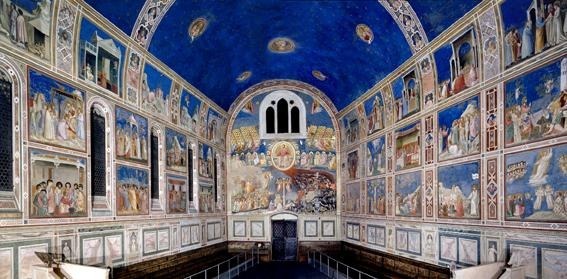Sunday, October 18, 2015
Up and out early. We left
for Padua at 8:00, a trip of only about an hour by bus. The city is rather small, but holds
importance in the history of the Jews in Italy.
We arrived at the Piazza del Signori:
We walked through the town and towards the Jewish
Quarter. Founded in the 1200’s, the
Padua Jewish Community was forced into a ghetto when Venice assumed control
over the city in the 1500’s. The Lion of
St. Mark is the sign of Venetian control in the central piazza:
We learned that Napoleon’s army captured Padua in 1797, and
on August 28, 1797 issued the following decree:
In the Name of the French Republic
One and Indivisible:
First, that the Hebrews are at
liberty to live in any street that they please.
Second, that the barbarous and meaningless
name of Ghetto, which designates the street which they have been inhabiting
hitherto, shall be substituted by that of Via Libera.
A copy of these present decisions
shall be sent to all the district municipalities so that they may be executed
by the respective police departments in the most congenient manner.
A month later the ghetto walls were destroyed. Unfortunately, Napoleon met his Waterloo, and
in 1815 all the old order was restored.
The Padua Jewish Museum is small but has a number of beautiful
items. Here is a Megillah Esther from
the early 18th c.:
Here is a Ner Tamid from the 19th c.:
Here is an Italian lace Torah binder from the mid 19th
c.:
After viewing a film at the museum relating the history of
the lives of a number of prominent Jews of Padua, we went to the “Italian” synagogue which has some absolutely gorgeous ironwork:
We had a study session of the coming week’s Parsha, Lech Lecha, with the
spiritual leader of the Padua Jewish community, Rabbi Locci.
Padua is the home of some of the most beautiful and
important frescos in Italy, those of Giotto in the Capella Scrovengi. The frescos are protected by being exposed
only to purified air. To visit the frescos one must sit in an antechamber for
15 minutes (they have an entertaining video) while you have the air you are in
filtered. Only after sitting in the
clean air for 15 minutes are you allowed into the chapel, and the numbers are
severely limited. It was worth it. The
frescos are truly gorgeous, Of course,
no photos are allowed. You are allowed
to remain for 15 minutes while the next group is purified, and then you must
leave. It was truly memorable to see them. Image from the web:
We then had a three hour bus ride to Florence, during which
I gave a presentation to the group on Jewish music of the Italian Renaissance
which I had prepared, including eight musical samples played on the bus’s A-V system. I think it went well. Dinner was at a Florentine Kosher restaurant
and was not up to the quality we’ve become used to.









Aha, it took me a while to realize that the Scrovegni Chapel is what our art-history teacher called the Arena Chapel. I know one image in particular from it, the Flagellation of Christ, in which one of the torturers is a (rather kindly- or at least unexpressive-looking) sub-Saharan African man, raising a ready whip.
ReplyDeleteAmazing that the authorities have devised that system of purifying the air before the viewers go in. Is this just so that only pure air enters when the door opens, or do the viewers actually end up exhaling purer air than normally because of having breathed pure air for fifteen minutes? Does the air feel any different?
Fascinating to get a glimpse of a small city--Padua looks like one could walk across it in an hour or so. That is where The Taming of the Shrew takes place, right? So much history (literature, art, politics, etc.) in each of those locales you are visiting!
I loved the photo of the Megillat Esther, with a woman at the top playing a string instrument that was of course unknown in biblical days.